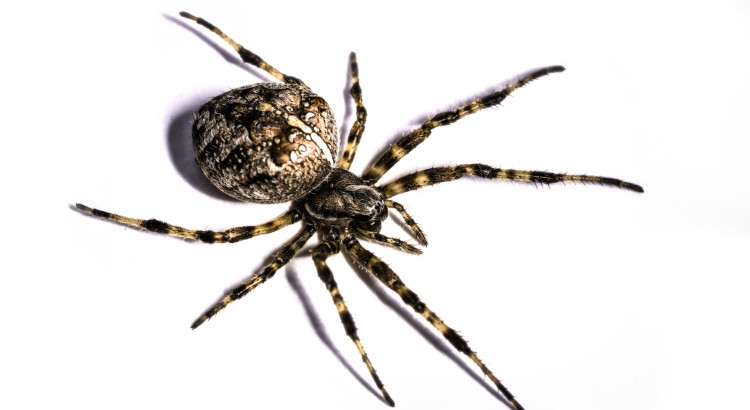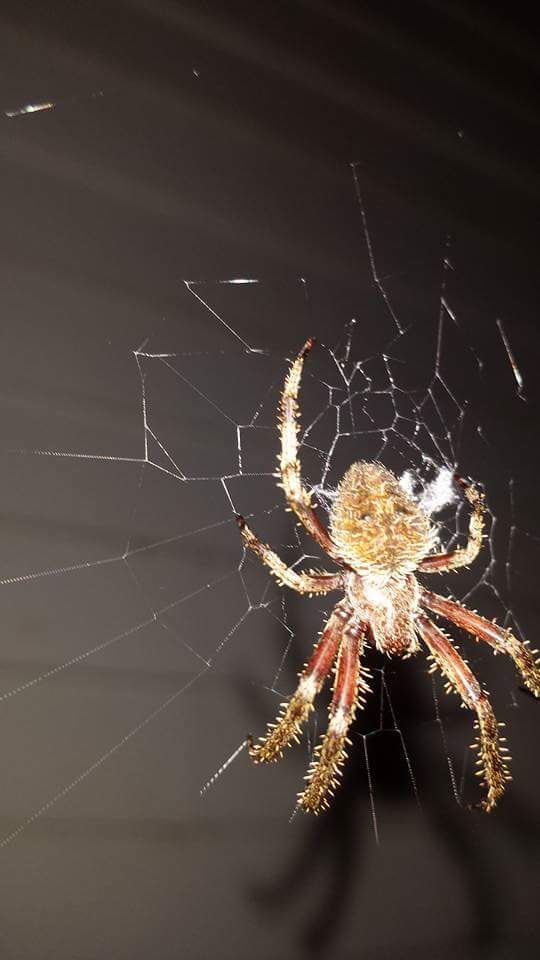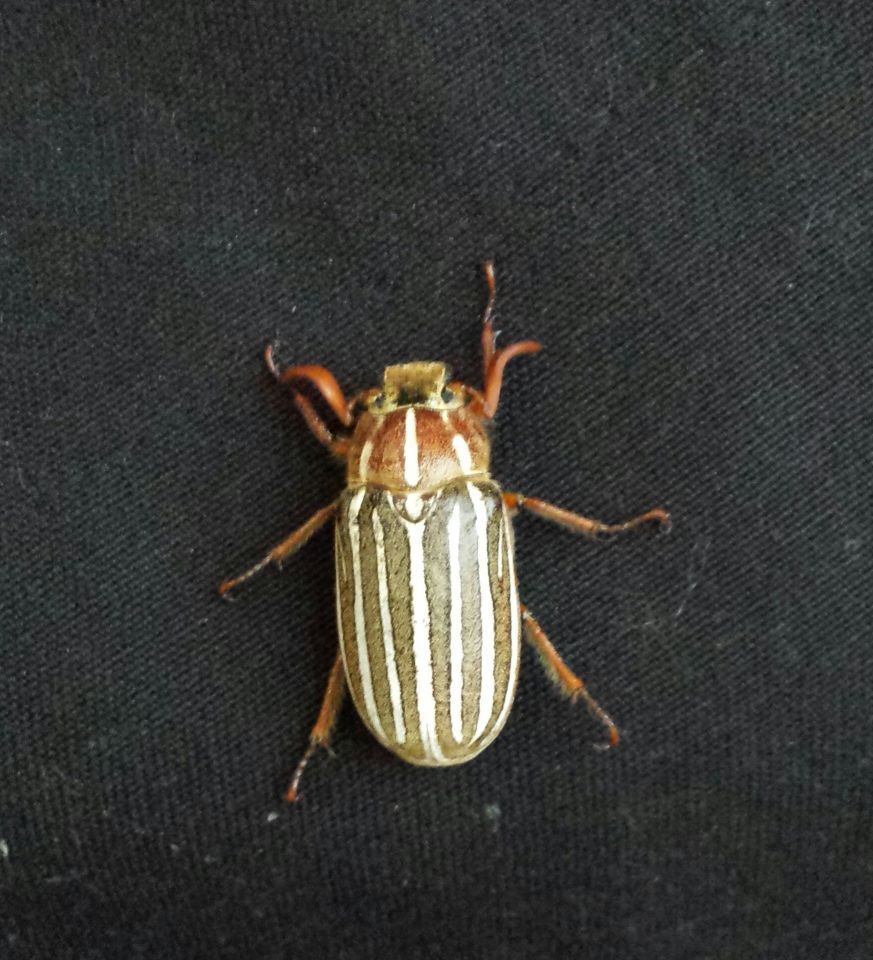Spider Wasp
The Spider Wasp, A.K.A. as Ninja Wasp on Youtube, has become famous for it’s amazing fighting skills. As you watch it approach a huge spider you’re for sure the spider will walk away as the winner.
But guess again.
With determination, these wasp many times walk away with their trophy 3x their size.
You can watch that in action here:
Scientific Name: Family Pompilidae
Also known as the Spider Wasp, they are notorious for their fierceness towards spiders. Many in which (among the species) differ in their approach towards humans (mostly passive).
Do they sting?
These wasp hardly ever break the skin when trying to sting a human (if they try that is). But there is a species among this family that really packs a punch. Spider Wasps of the genus Pepsis, also known as tarantula hawks, have a sting rating of 4 (according to the Schmidt sting pain index). Which is close to the pain of a Bullet Ant sting.
How They Feed The Larvae
Spider wasps are solitary wasps that use a single spider as a source for feeding their larvae. They paralyze the spider with a venomous stinger. Once stunned and paralyzed, the spider is dragged to where the hole (nest) has been built.
Are Spider Wasp Considered Pest?
We rate the Spider Wasp as a non-pest. They cause no harm to humans, neither do they infest homes, or transmit diseases. Only the Tarantula Hawk can really cause damage, but among the majority in the Pompilidae family, the Spider Wasp are harmless.
| Taxonomy | |
|---|---|
| Kingdom: | Animalia |
| Phylum: | Arthropoda |
| Class: | Insecta |
| Order: | Hymenoptera |
| Suborder: | Apocrita |
| Superfamily: | Vespoidea |
| Family: | Pompilidae |
External Sources:
http://australianmuseum.net.au/animals


